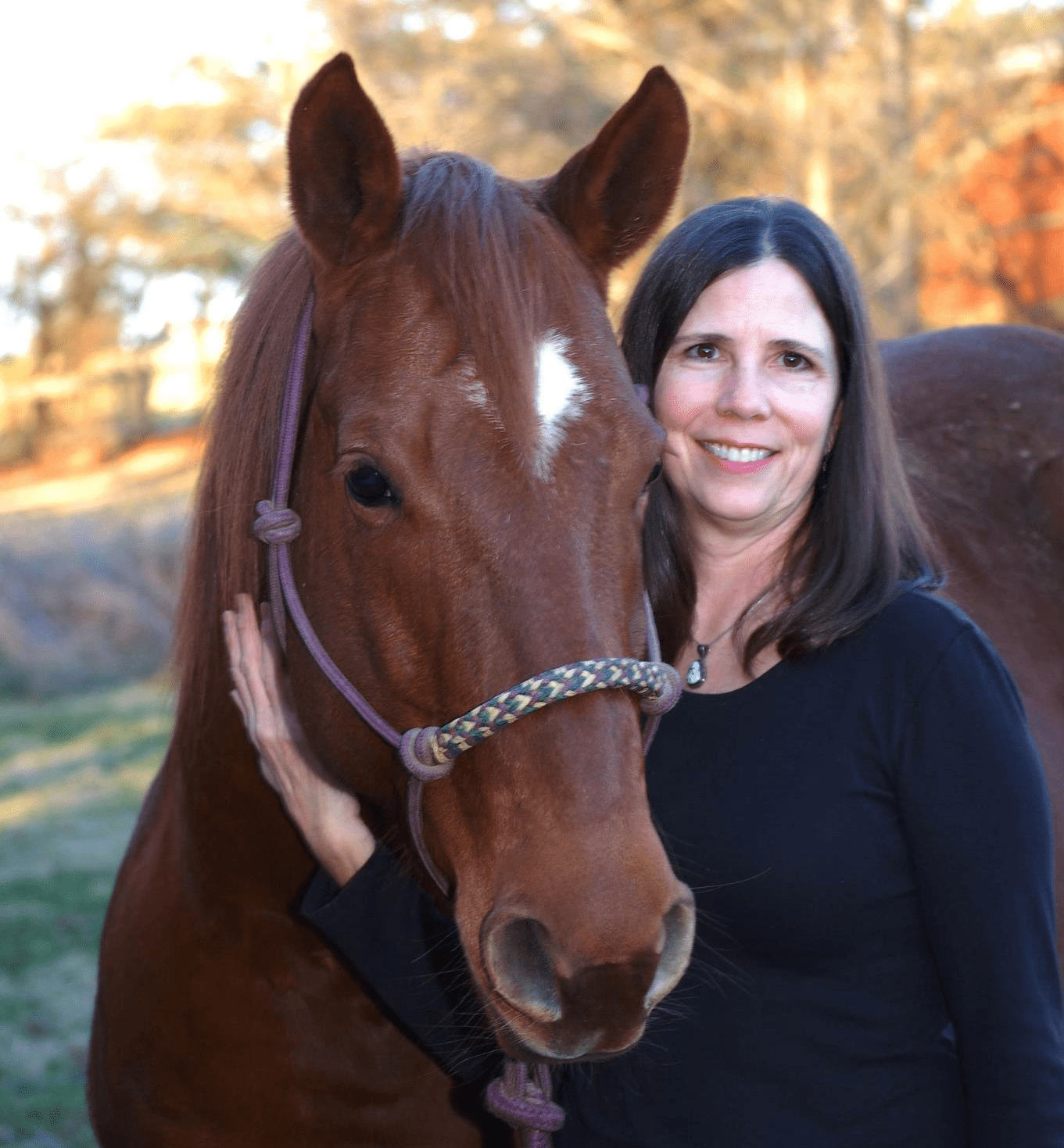‘Loved’ to Death?
We must do the best we can to create an environment where our horses can thrive physically and mentally.
Horses weren’t designed to be “apartment dwellers,” said a horseman friend
- Topics: Article, State & Local Legalities
We must do the best we can to create an environment where our horses can thrive physically and mentally.
Horses weren’t designed to be “apartment dwellers,” said a horseman friend of mine. That made me start thinking about how horsekeeping has evolved. We do many things for the “love” of our horses, and many behaviorists, nutritionists, veterinarians, and natural horsemanship trainers say we are starting to “love” our horses to death. Unfortunately (or maybe fortunately), domestic horses can’t live like feral horses. That’s not all bad, but we as owners have to do the best we can to create an environment where horses thrive physically and mentally. You don’t see fat horses in the wild; they have plenty of room to move about, and, in fact, they are required to move in order to eat and drink. Conversely, you don’t see starved horses in most domestic settings (we aren’t talking about welfare problems, but general ownership).
It’s difficult to prevent a domestic horse from getting fat even if he’s just grazing because most pasture grasses were designed to fatten cattle! And for those without lush grass pastures, we have forages from irrigated hay fields, cubed alfalfa, a multitude of concentrates, and even complete feeds.
Those lush pastures also don’t require much in the way of tough feet, either. There’s no running away from predators across sand, rocks, and uneven ground.
When we got our first mare from a friend in Wyoming where the mare had lived for 15 years or so, she had feet like granite
Create a free account with TheHorse.com to view this content.
TheHorse.com is home to thousands of free articles about horse health care. In order to access some of our exclusive free content, you must be signed into TheHorse.com.
Start your free account today!
Already have an account?
and continue reading.

Related Articles
Stay on top of the most recent Horse Health news with

















